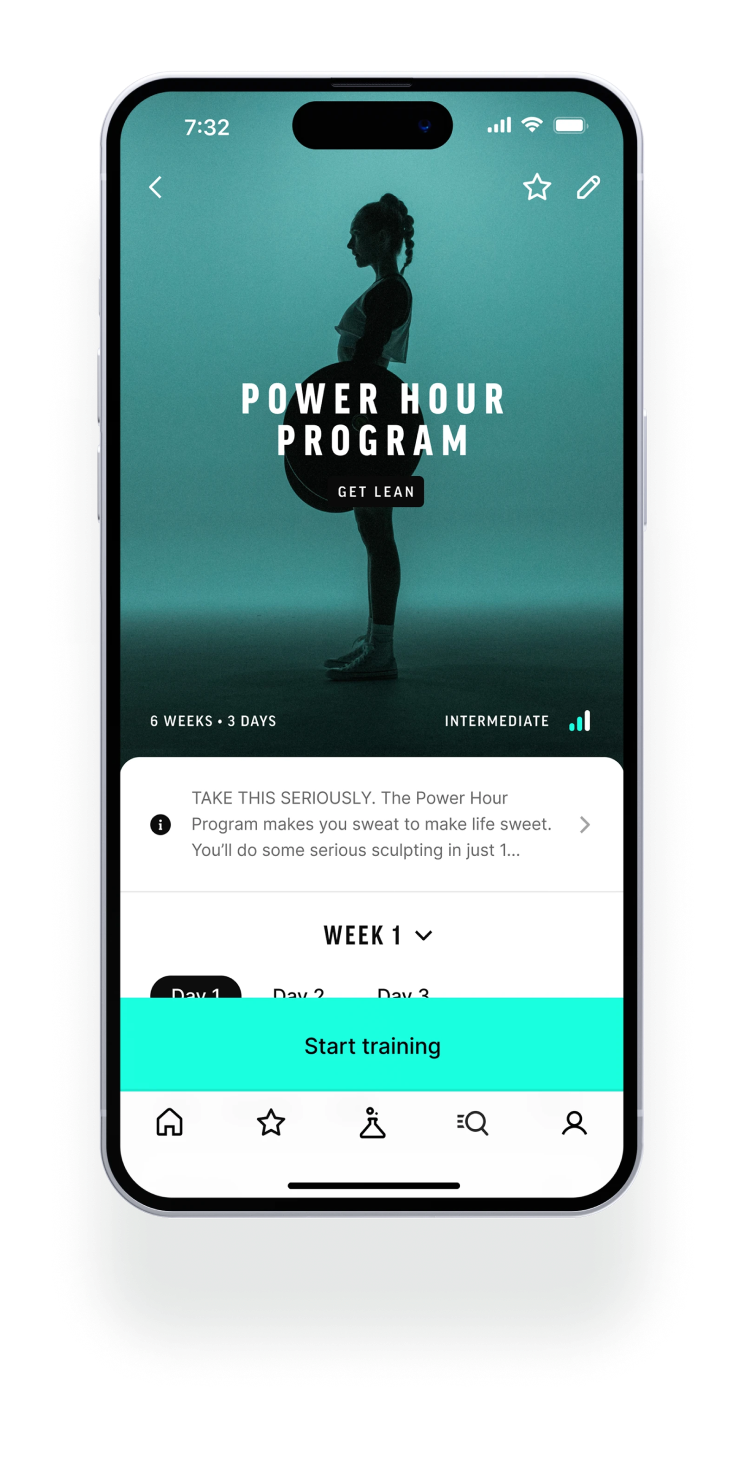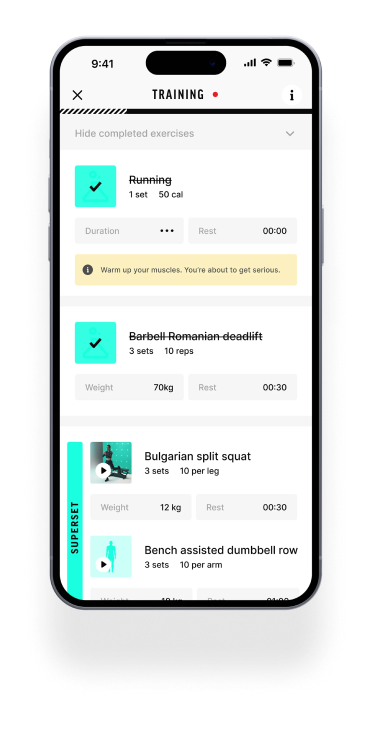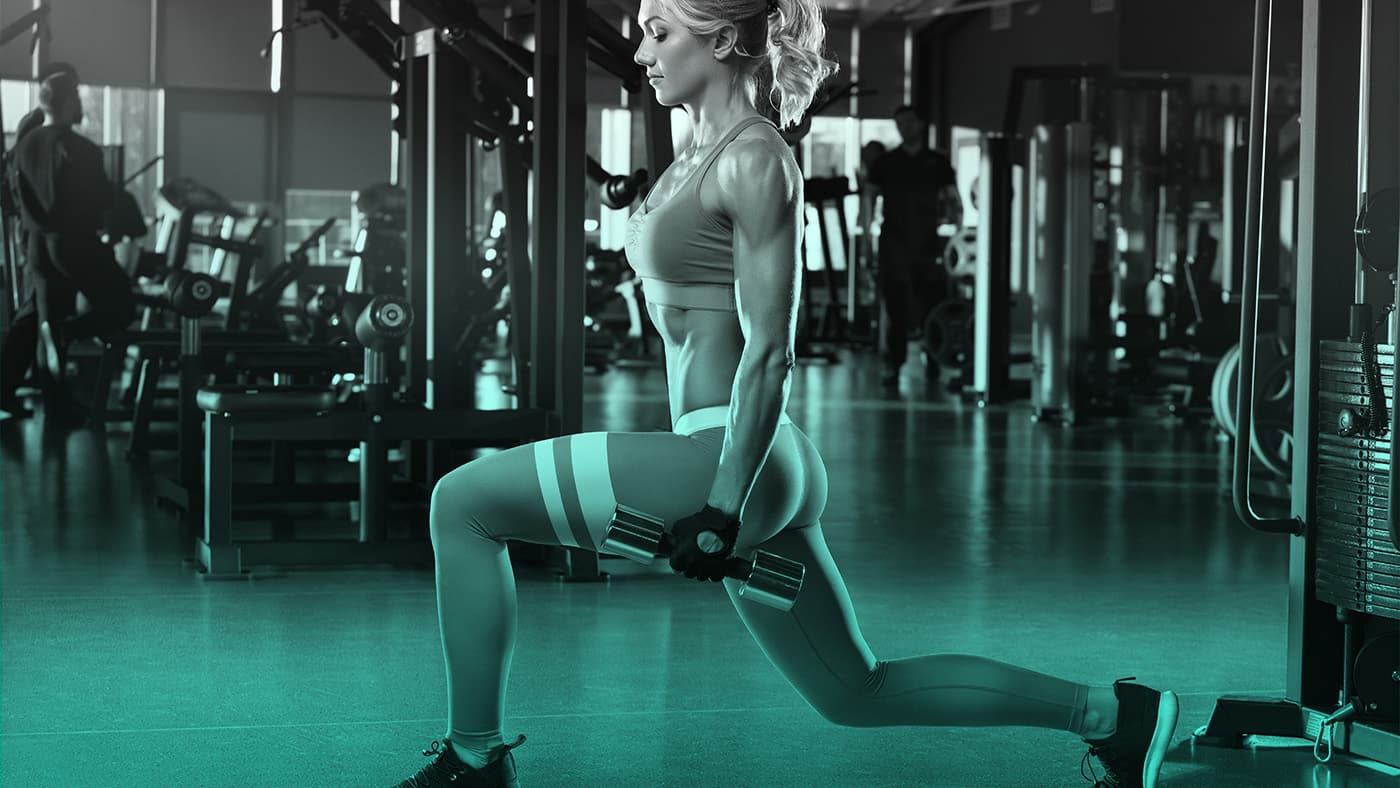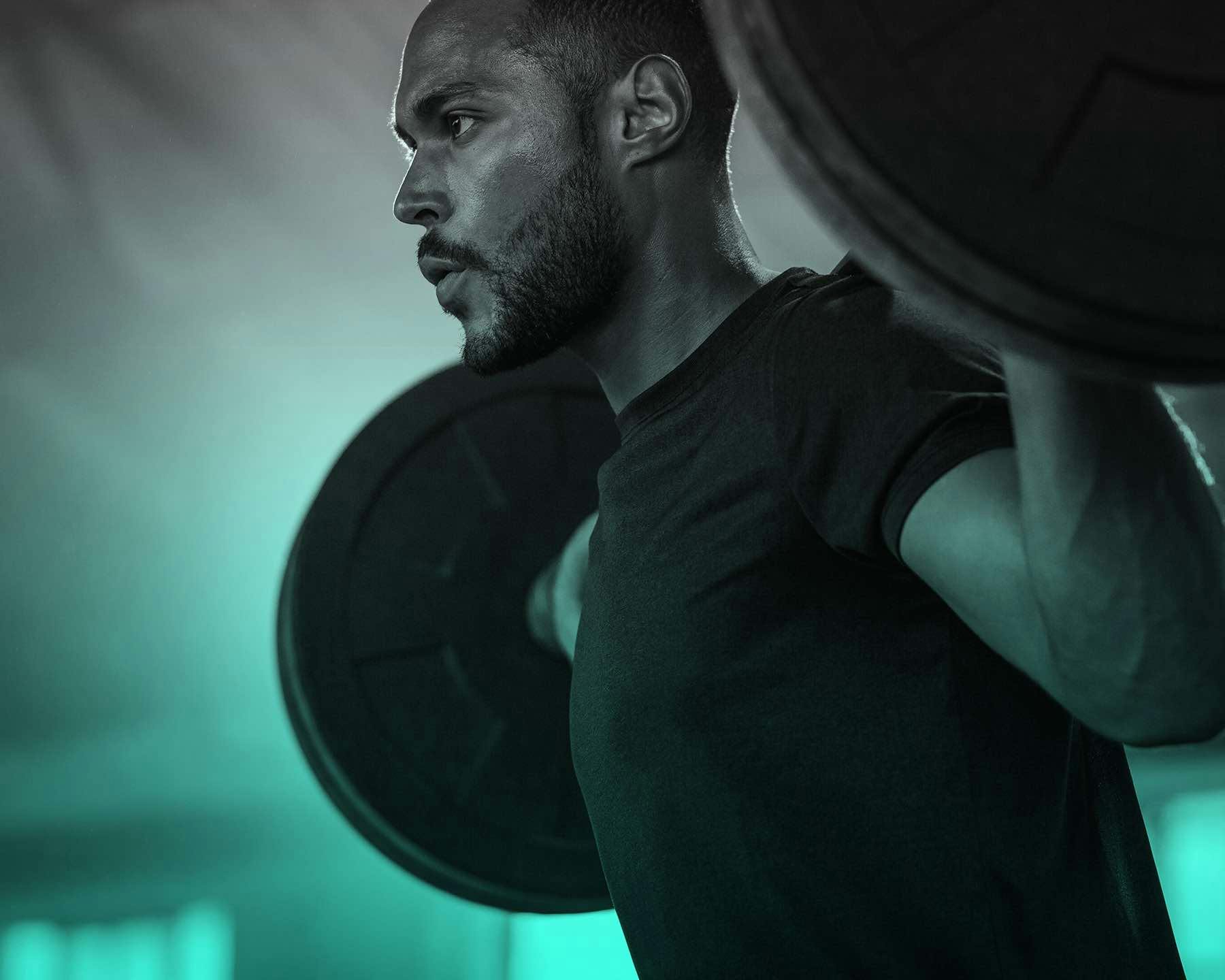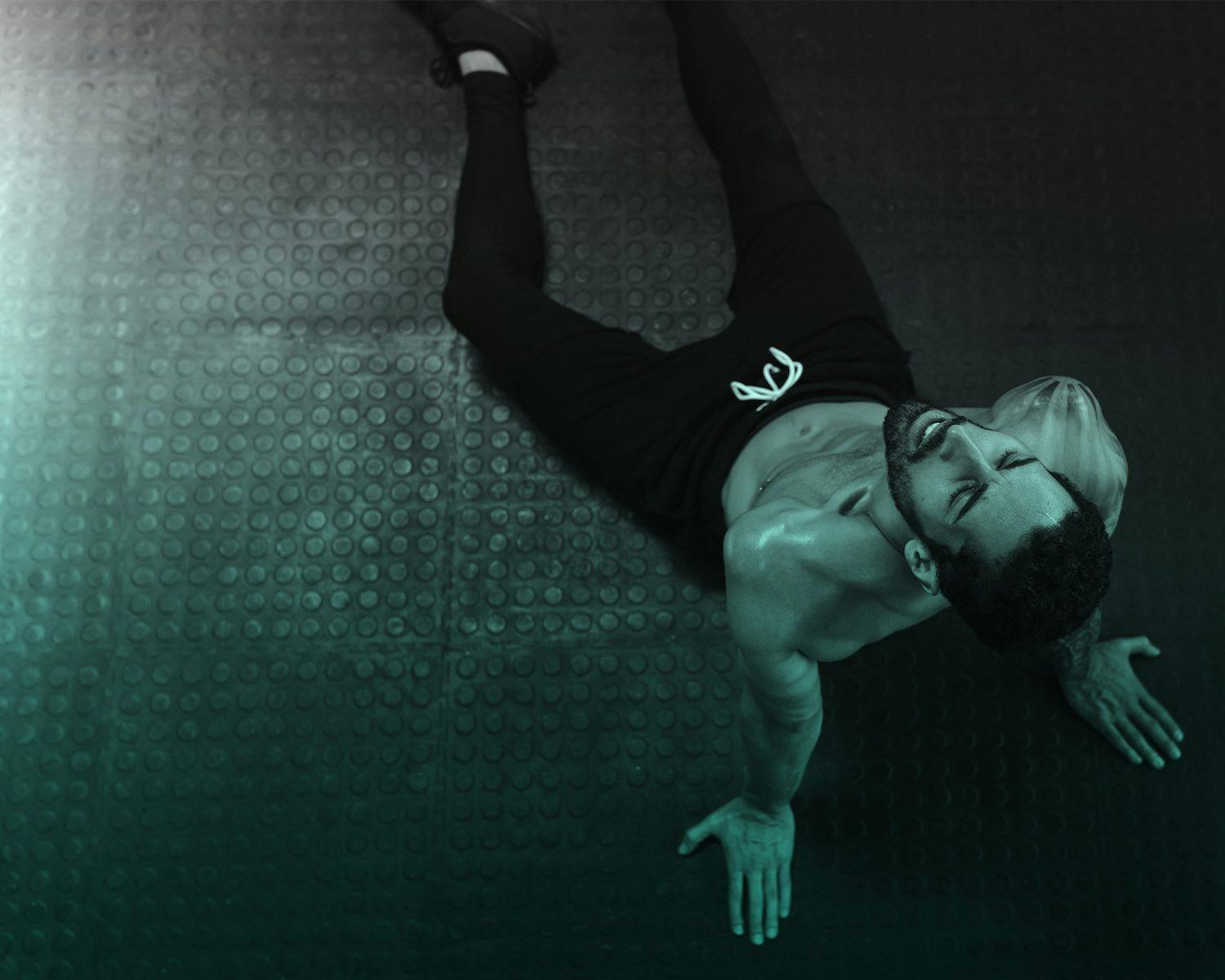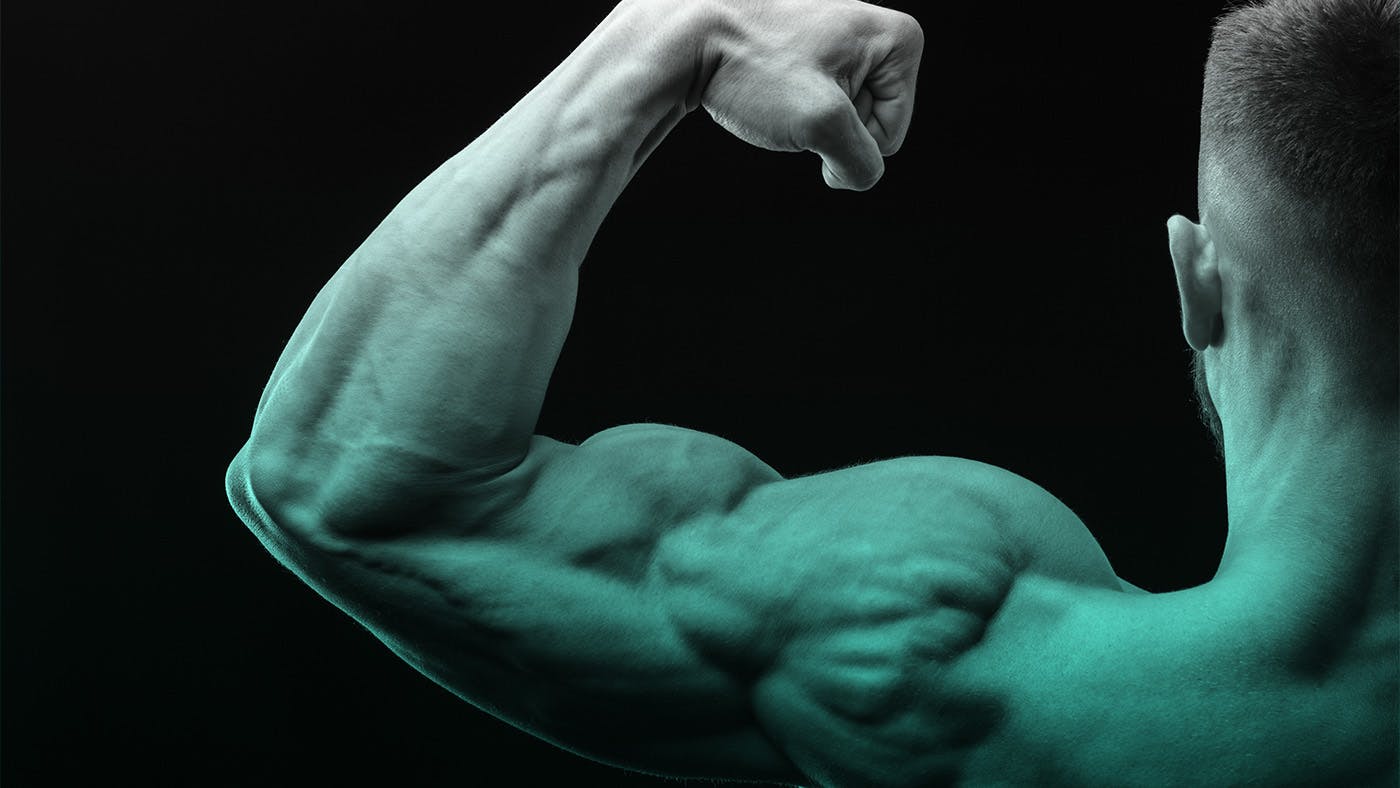The Ultimate Guide to Glute Training: Score Strong, Toned Butts
So, you want strong, toned glutes but aren't sure how to make it happen? Look no further. This comprehensive guide uncovers all the must-know secrets of effective glute training, from basic anatomy to top-tier butt exercises and detailed workout plans.
Strong, well-defined glutes aren't just a win on the aesthetics front. Let's get real—they're also pivotal for great posture and overall physical well-being. Basically, there are a ton of reasons to train your glutes.
Why is Glute Training So Important?
Strong glutes pack a punch in a variety of movements and sports. We're talking better running performance, ease in lifting heavy objects, and even relief from back pain. Plus, toned glutes can seriously boost your confidence. No joke.
Anatomy of Your Glute Muscles
Before diving into your glute workouts, a little anatomy 101 can go a long way. Understanding the nuts and bolts of your glute muscles helps you execute exercises more effectively, maximizing your glute training.
The Main Muscle: Gluteus Maximus
The gluteus maximus is one of the largest muscles in the human body. Its prime role? Extending the hip joint. This muscle is also the MVP behind your butt's round shape and plays an active part in movements like standing up, stair climbing, and jumping. So, thinking of exercises mimicking these motions and you've got your starter set of glute exercises.
Gluteus Medius
Lying atop the gluteus maximus, the gluteus medius is a key player in stabilizing your pelvis while walking and single-leg standing. This muscle also aids in moving your thigh sideways, away from your body's midline—think about the single leg cable abduction exercise:
Gluteus Minimus
The gluteus minimus, the smallest of the trio, is tucked under the gluteus medius. Its functions mirror those of the gluteus medius—stabilizing the pelvis and aiding in lateral thigh movements—but on a subtler level.
Additional and Supporting Muscles
Beyond these three major players, smaller muscles like the tensor fasciae latae, piriformis, and smaller adductors also contribute to movement and stability. While they're not a direct part of your glutes, they still play a role in shaping stronger, better-formed butts.
Different Areas, Different Functions
Knowing that each muscle has a somewhat unique function lets you train them with distinct exercises. While the gluteus maximus thrives on heavier compound movements like squats, deadlifts, and lunges, the gluteus medius and minimus benefit more from targeted exercises like cable hip abduction. Just remember, when it comes to serious glute growth, the gluteus maximus takes the cake. Those "smaller" exercises like hip abduction and resistance band work? They're just the cherry on top.
Let's get you started on your glute training journey. Seriously, your butt will thank you.
Related read: Upper glute exercises: 6 key moves for toned buttocks
Stronger and Bigger Butt – The Big 5
When it comes to butt training for bigger and stronger glutes, you can't beat the fundamentals, no matter how flashy some exercises may look. Cross-lunges, weighted donkey-kicks with a dumbbell between your knees, or rotating your knees with a resistance band are fun but they are filler exercises. Nothing trumps the Big 5. In no particular order: squats, deadlifts, hip thrusts, walking lunges, and reversed lunges. Alternate between dumbbells and barbells for these glute exercises and you've got 10 superb butt workouts. Add a hip abductor exercise at the end of your training routine, and your glute growth plan scores a 10.
High Bar Squat
The high bar squat isn't renowned as a fantastic glute exercise for nothing. This movement targets all three glute muscles. Beware, though, your quads will also get a share of the growth stimulus, making the barbell squat an even more effective glute workout. Maintain a straight back and aim to lower your butt below your knees. Expert tip: Jump as high as you can a few times. The distance between your feet during these jumps is probably your strongest squat position.
Walking Dumbbell Lunges
Walking lunges are excellent for engaging the gluteus maximus and isolating the gluteus medius since you're balancing on one leg each time. Step forward in straight lines, keeping your upper body stable. Lower until your rear knee almost touches the ground, directly under your hip.
Reversed Dumbbell Lunge
I could've listed reversed barbell lunge, reversed front rack dumbbell lunge, or any other variant. All are equally effective butt exercises. Lower yourself slowly until your knee almost touches the ground, aligned with your hip. The focus here is on stepping back forward. Engage your glute muscles extra hard for maximum results.
Deadlift
The deadlift, in all its variants, is a potent compound exercise for glute training, provided you execute it with proper technique. If your back is arched, making your pelvis tilt forward, your hamstrings will take over most of the work. Therefore, keep your back straight and squeeze your glutes extra hard as you lift the bar past your knees.
Barbell Hip Thrust
This glute exercise has received immense attention over recent years as the best butt exercise ever. While it's neither wholly accurate nor incorrect, it’s extremely effective when executed properly. Make sure not to perform the movement with an arched back, don't dip too low, and fully extend your hips at the top. Rotate on your shoulder blades and maintain your abdominal muscles at the same length. Done right, this is a fantastic glute workout.
At-Home Butt Workouts
Can't get to the gym? No problem. You can still do powerful glute exercises at home. However, the key growth variable remains overload. Keep challenging your glutes to continue growing. If you can't add extra weight, don't worry—just increase the repetitions and go until you (almost) can't anymore. Here are some great at-home glute exercises:
Glute Bridges
It's like the hip thrust but with your back on the floor. Only let your lower back touch the ground as you lower yourself. Extend your hips as much as possible, and your glutes will be on fire after several reps.
Bodyweight Squat
If the barbell squat is a solid gym-based glute exercise, the bodyweight squat is an excellent at-home alternative. The technique remains the same—keep your back straight and lower your glutes below your knees.
Reverse Lunge
Similar logic applies here. Whether it's with dumbbells or barbells, the reverse lunge is an effective butt exercise; so it is even without those implements. Go until you can't go anymore, and you've got a killer at-home glute workout. To make the exercise more challenging, complete all reps with one leg before switching to the other.
By incorporating these exercises into your routine, you’re setting yourself up for some serious glute growth and all the benefits that come along with it.
Another 50 Glute Exercises?
For all glute exercises and variations on the big 5 basic exercises, check out our app, Serious Fitness Lab. You'll see the technical execution of the glute exercises from 2 positions, complemented by clear explanations. You'll never have to doubt your technique again and can turn every exercise into the best glute exercise ever!
How Do Your Glute Muscles Grow?
Now that you know which exercises are best for your glutes, it's also good to understand how your glute muscles grow. Muscle growth, also known as hypertrophy, is the process where the size of muscle cells increases. This happens in response to resistance training, where the muscle fibers are repaired and adapted to the resistance. Each time you can train heavier, your muscles will try to adapt to this effort. In short, aim to perform the exercises with increasing weight, provided your technique is correct. Read this article for a full explanation of how exactly your glute muscles grow.
Nutrition for Your Glutes
After an effective glute workout, your muscles begin the recovery process, aiming to repair and enlarge your glute muscles. This is where nutrition and rest are crucial. Proteins are the building blocks for muscle recovery, while carbohydrates and fats serve as energy sources. The general rule of thumb is to consume 1.6 to 2.2 grams of protein per kilogram of body weight. Multiply your body weight by these numbers and aim for that many grams of protein per day. Sources of high-quality proteins include chicken, fish, eggs, and plant-based options like lentils, beans, and tofu. Also, sleep at least 7 hours each night, and the chances are high that your glutes will transform.
Practical Applications for Glute Training
It's time to put exercises into a training schedule. We humans think that if a little helps, more is better. That's not the case with muscle growth. If you do more sets for your glutes than optimal, you'll have a smaller growth response. What the optimal number is varies from person to person. For a beginner, it's probably 6 to 10 sets per week, and for advanced, 6 to 10 sets per workout. Therefore, 2 to 3 exercises per workout are all you need for bigger glutes.
It's unwise and ineffective to do only glute exercises in one workout. Always combine your glute training with other muscle groups. Legs and abs are a smart addition, and often you still have time left to add an upper body muscle group.
Sample Butt workouts
A good training schedule takes into account your personal needs and level. Below are two examples of effective glute workouts. I have omitted exercises for other muscles on the training day.
Butt workout 1: squats (3 sets of 12, 10, and 8 reps), hip thrust (3 sets of 12 reps), hip abduction machine (3 sets of 15 reps);
Butt workout 2: deadlift (3 sets of 8 reps), reverse dumbbell lunge (3 sets of 10 reps per leg), cable hip abduction (3 sets of 12 reps).
You can write dozens of other effective glute training schedules. In our app, you'll find over 50 as part of very effective training schedules focused on the lower body.
Check out the complete "Glutes Are King" booty plan for 3 days.
Expert Tips for Toned Glutes
"The key to strong glutes lies in consistency and the right technique, not in the weight you lift," a quote from a random glute expert (when can you call yourself that?). Actually, it's not that difficult: train consistently every week with a good program, gradually increase your weights, consume enough calories and proteins, and sleep enough hours per night. That's it!

From Knowledge to Action: Complete Your Glute Training with Serious Fitness Lab
Now that you're armed with all the knowledge you need to effectively train your glutes, it's time for action. The Serious Fitness Lab app makes this step easier than ever. With more than 50 scientifically supported training schedules specifically aimed at firming and shaping your glutes, this app provides everything you need in one place. Not only can you accurately track your weights and progress, but each schedule also comes with crystal-clear videos to ensure you perform each exercise correctly. Complete your training routine and take your performance to the next level.
Try the Serious Fitness Lab app for 7 days for free and discover how easy it is to achieve serious results.
Frequently Asked Questions About Glute Training
How often should you train your glutes for results?
To see effective results, it is recommended to train your glutes 2 to 3 times per week. Make sure to have enough rest days in between to promote muscle recovery. Consistency is crucial for success.
How do you quickly get muscular glutes?
For faster results, a combination of good exercises and daring to train hard is required. Add a protein-rich diet to support muscle growth. Remember that muscle development takes time.
Which workout is good for your butt?
Squats, lunges, and deadlifts are highly effective for training your glutes. Varying exercises, such as adding hip thrusts and hip abduction exercises, can give an extra boost to muscle growth.
What to eat for fuller glutes?
A protein-rich diet is essential for muscle growth. Combine this with healthy carbohydrates and fats to stimulate your muscle growth.
Is a lot of walking good for your butt?
Walking is fine for general fitness, but if you specifically want to train your glutes, strength training is more effective. Walking alone will not provide the muscle definition that strength training can offer.
Can everyone train for rounder glutes?
Yes, everyone can develop rounder glutes! Although genetics play a role, the right exercises and nutrition can bring improvement for everyone.
What do squats do for your butt?
Squats are excellent for strengthening and shaping your glutes. They also train other muscle groups such as the thighs and core. Adding weights can increase the intensity and effectiveness.
How long should you train for toned glutes?
Depending on your starting point, you can see improvement within 6 to 8 weeks. Truly toned glutes may, however, require several months to a year of consistent training and nutrition.
Can you train saggy glutes?
Certainly, saggy glutes can be trained! Focus on strength training exercises such as squats, lunges, deadlifts, and hip thrusts. Consistency and patience are key words here.
START TRAINING SERIOUSLY
Discover new training methods based on scientific knowledge, improve your form and technique and seriously track your fitness goals.
